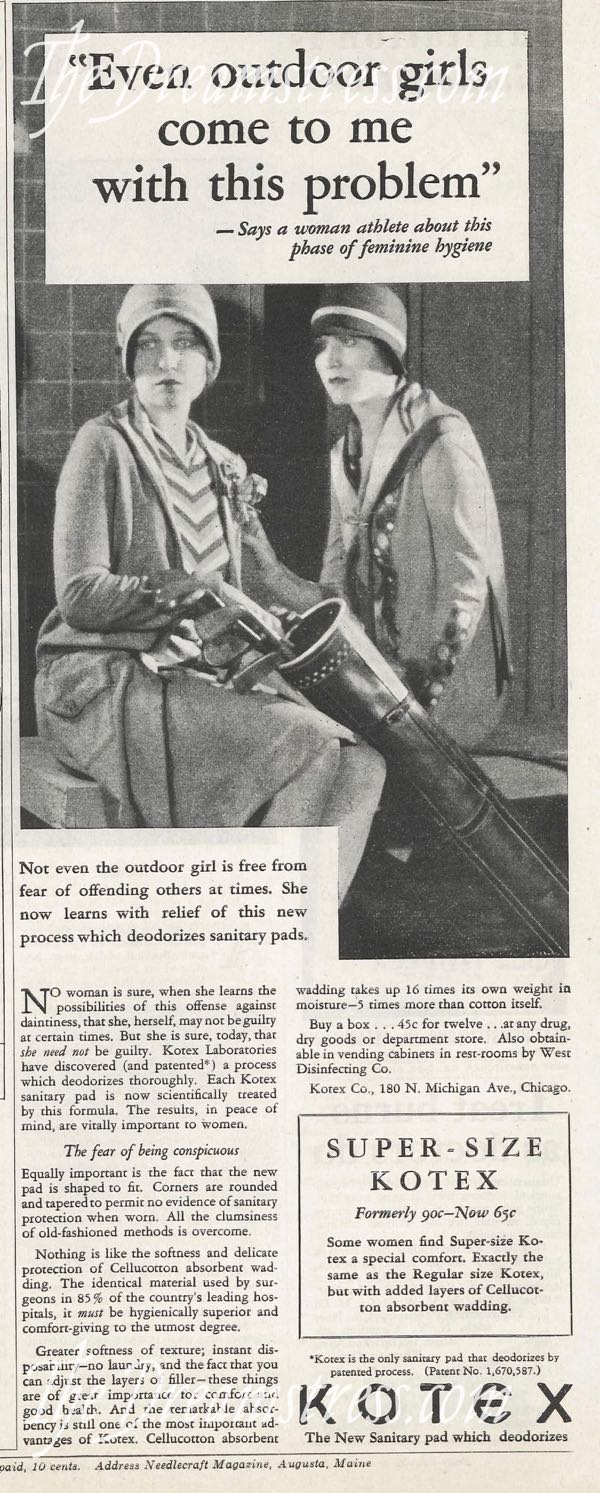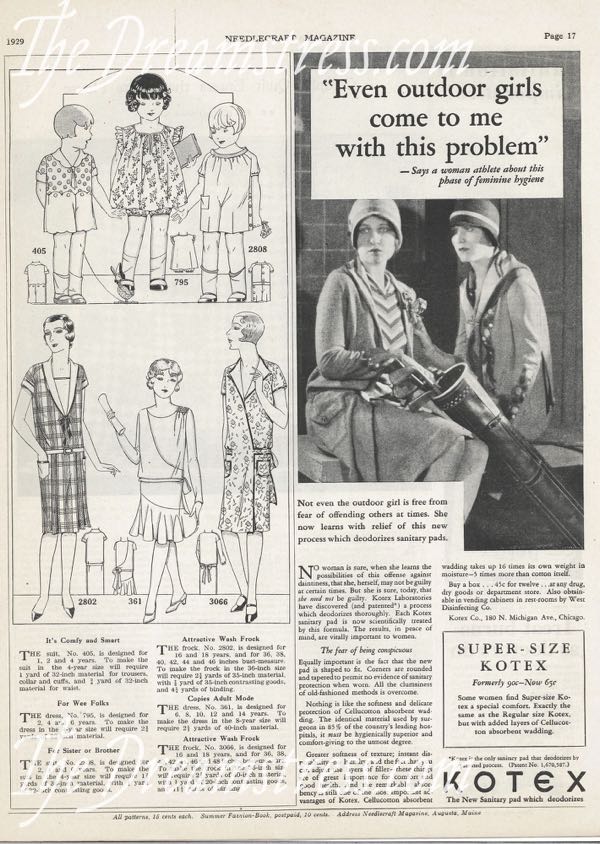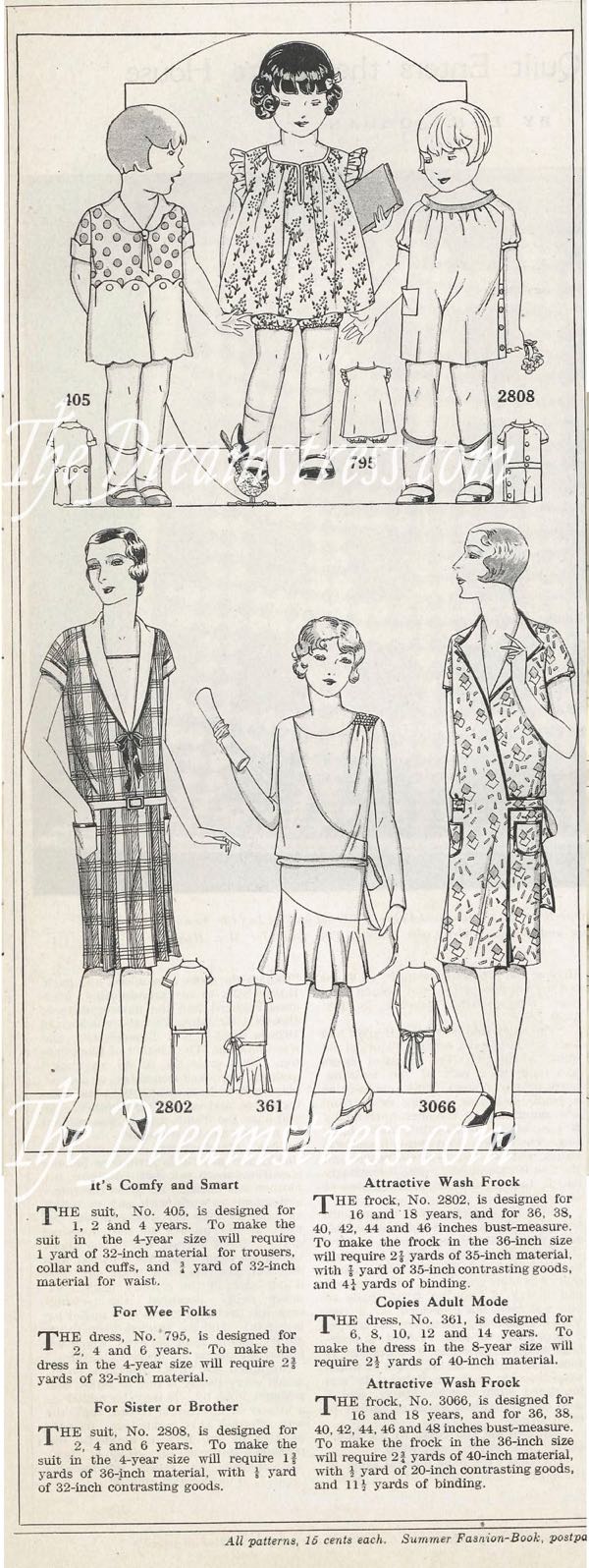I haven’t had a lot of time for ‘me’ projects lately: everything has been focused on pattern samples and pattern testing. While I’m really enjoying having so many Henrietta Marias and Miramars and…(oops, can’t tell you those ones yet!) in my wardrobe, I find myself itching to just make something that isn’t technically work.
At the end of a long week of pattern development and teaching, I decided I was going to go absolutely crazy if I didn’t manage to do something for me.
Enter the Stepstool of Shame:
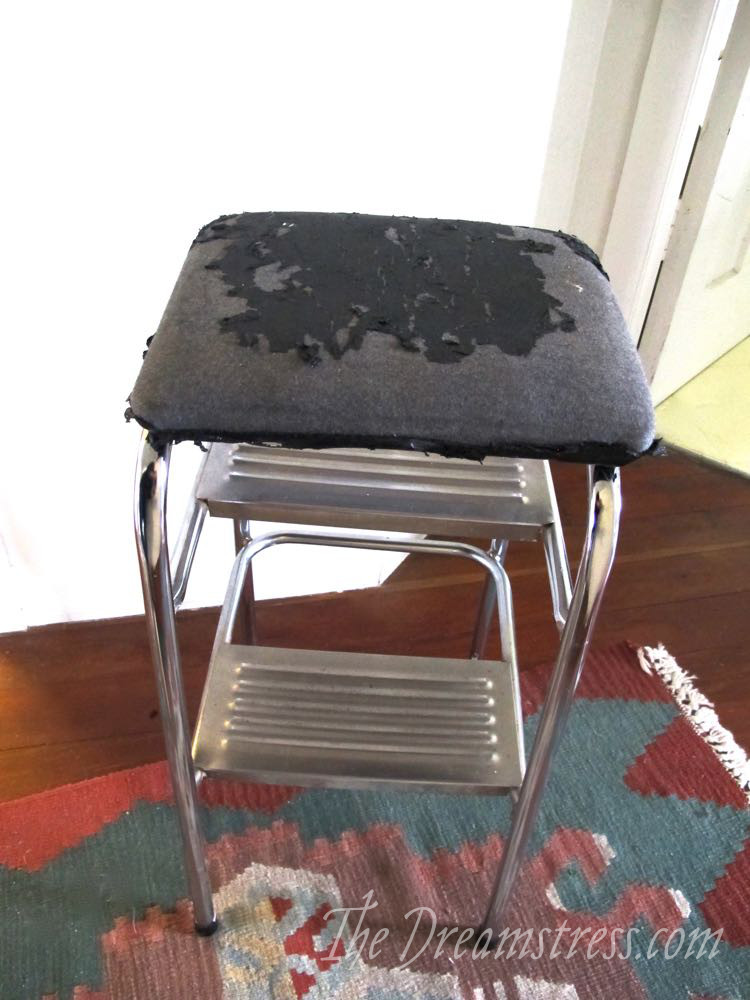
I bought this stool at an op-shop because I liked the industrial design , and because we really needed a stepstool for the kitchen. Our kitchen is basically original to the 1920s house (kitchens are not an original feature you want!), including weird narrow cabinets that go all the way up to the 3m/9ft high ceiling.* As they are so weird and narrow, they don’t store a lot, so we actually have to use the ones located 8ft above the ground in order to fit everything in.**
The basic design of the stool was cool, but the top upholstery? The less said about that the better…

But hey, I’m crafty! It will take me less than half an hour to cover that with something fabulous!
(so ashamed I can’t even admit how many weeks (*cough* months *cough (*cough yeaSHUT UP!!!)) it got used for with that disgusting cover on it, for lack of half an hour to fix it).
But, in desperate need of a 30-minute pick-me-up craft challenge, the stool got sorted!
Unscrew the top, pry off the staples, remove the cover, discover that there was an original, also disgusting, cover underneath, decide not to remove it, cut a new piece of cover, staple each side on, work my way ’round, staple the corners, put back on the paper cover, re-screw in place.
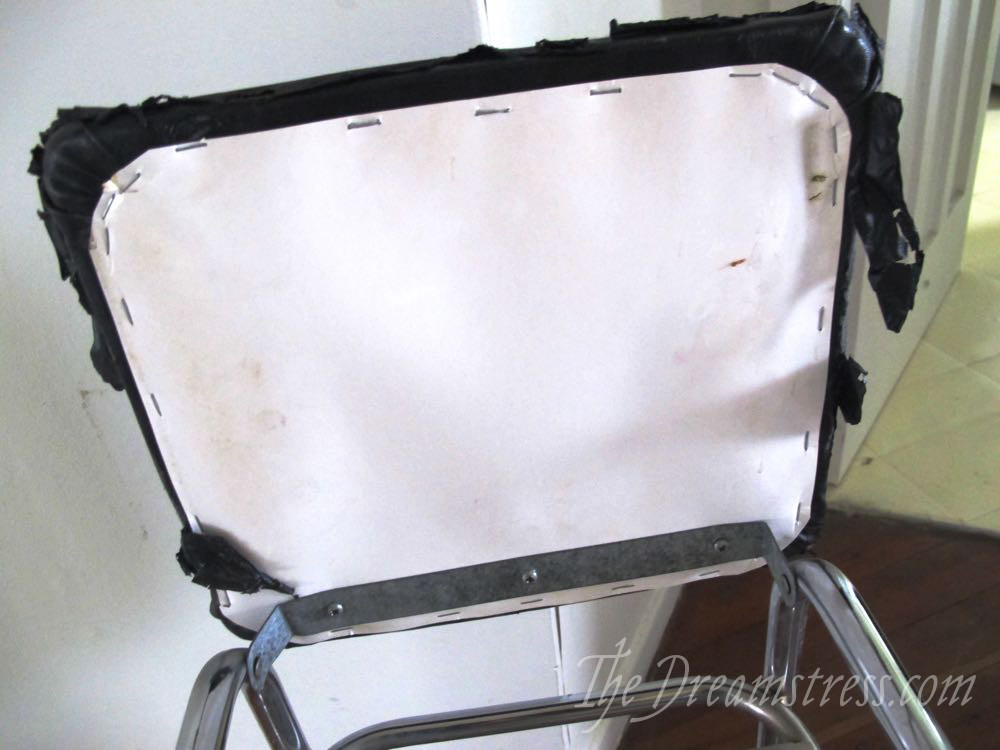
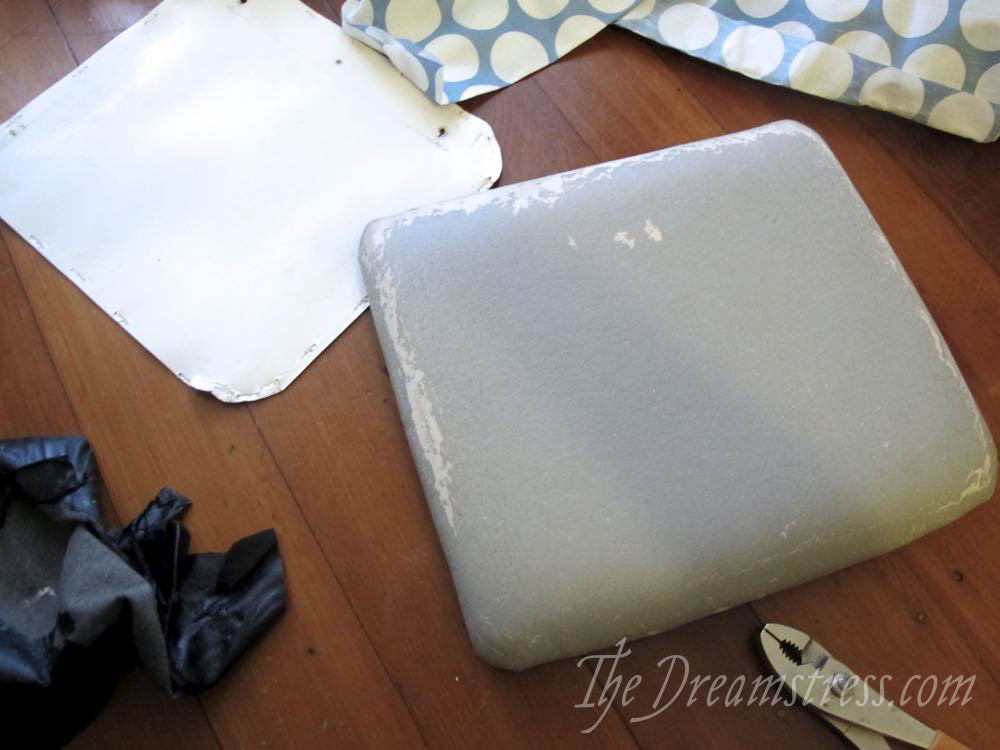
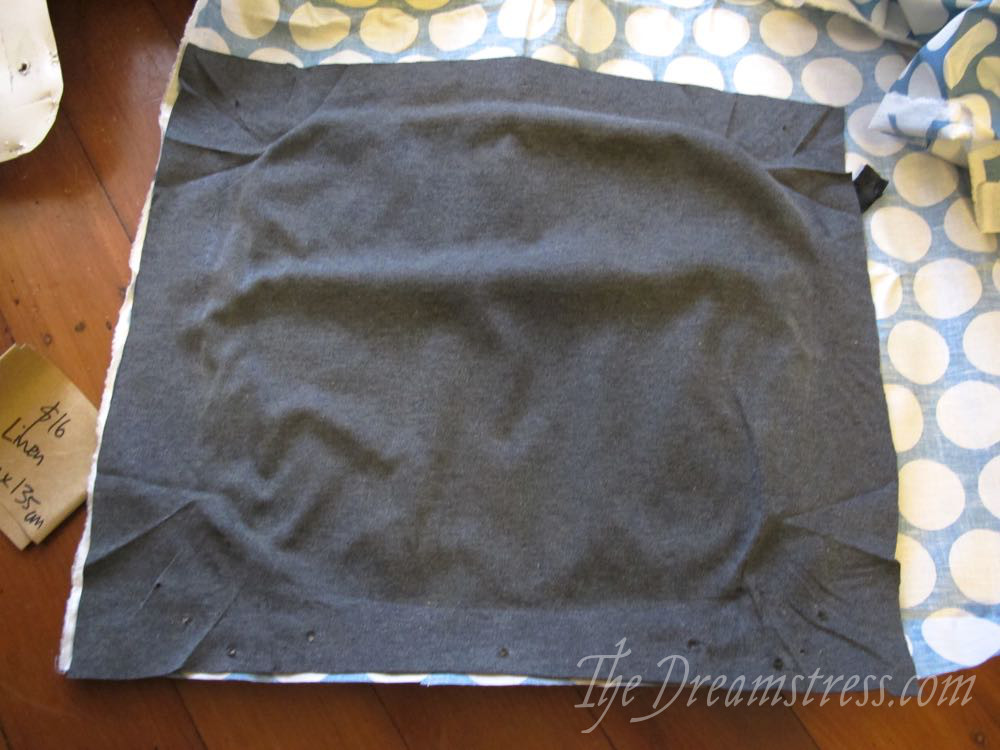
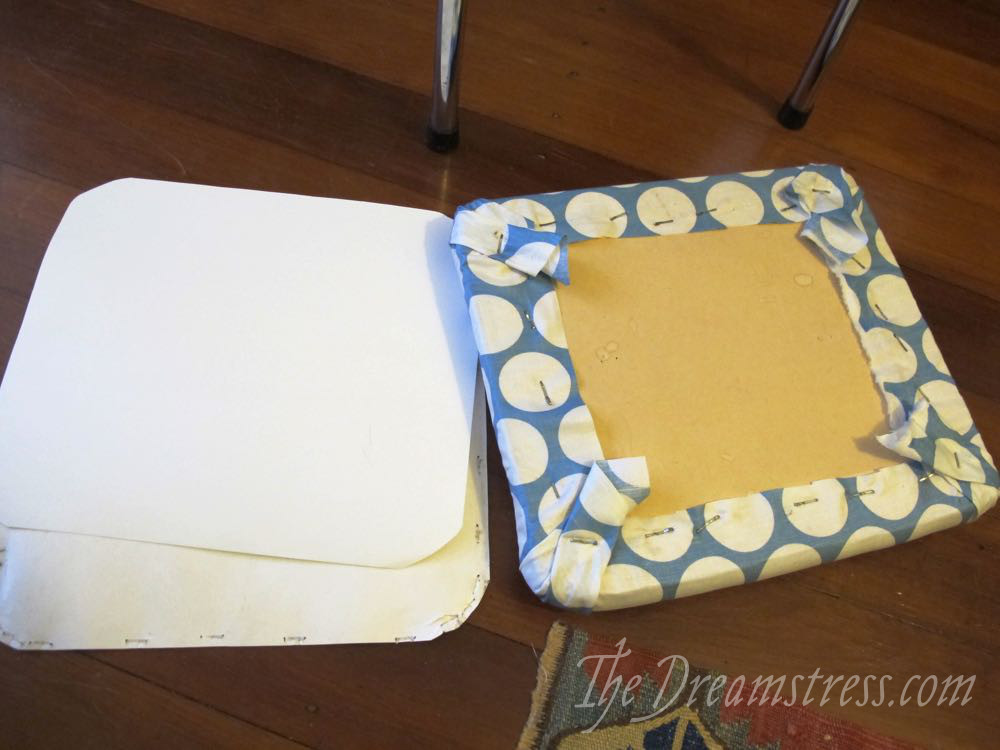
Half an hour later, I have a spiffy new-look stool. Mission accomplished! Happiness all ’round!
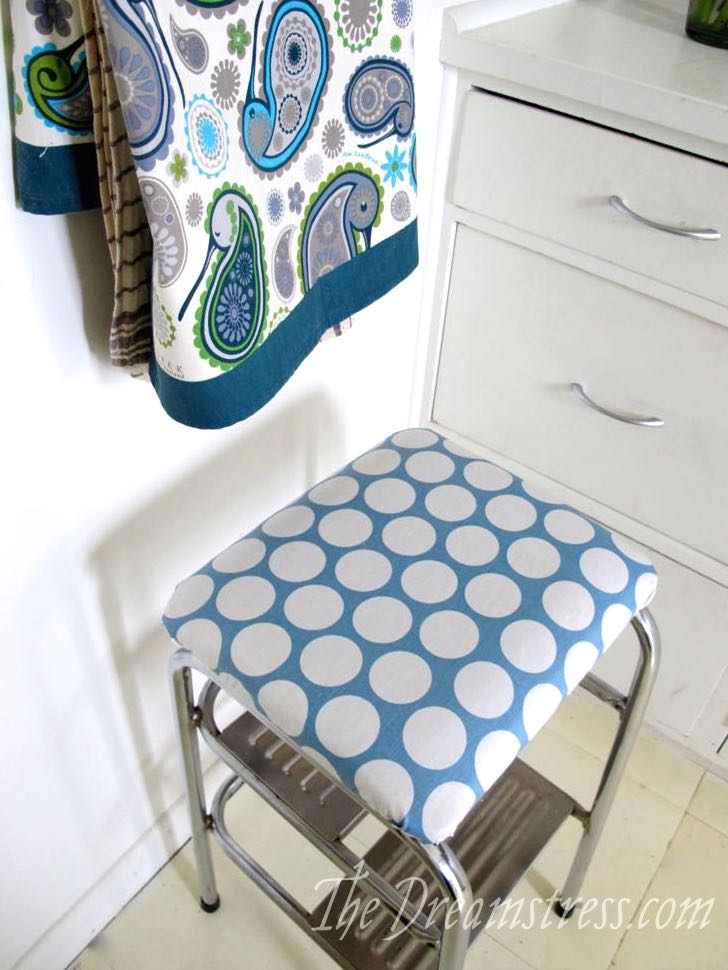
The fabric I used is a remnant of coated linen I picked up at The Fabric Store. I’m not the biggest polka dot fan, but I love the shade of blue, and a stool is just the right amount of polka dots, and, this may sound odd, but I know my Mother-in-law will love it, and that makes me happy. It’s nice to know that your house will bring other people joy too.
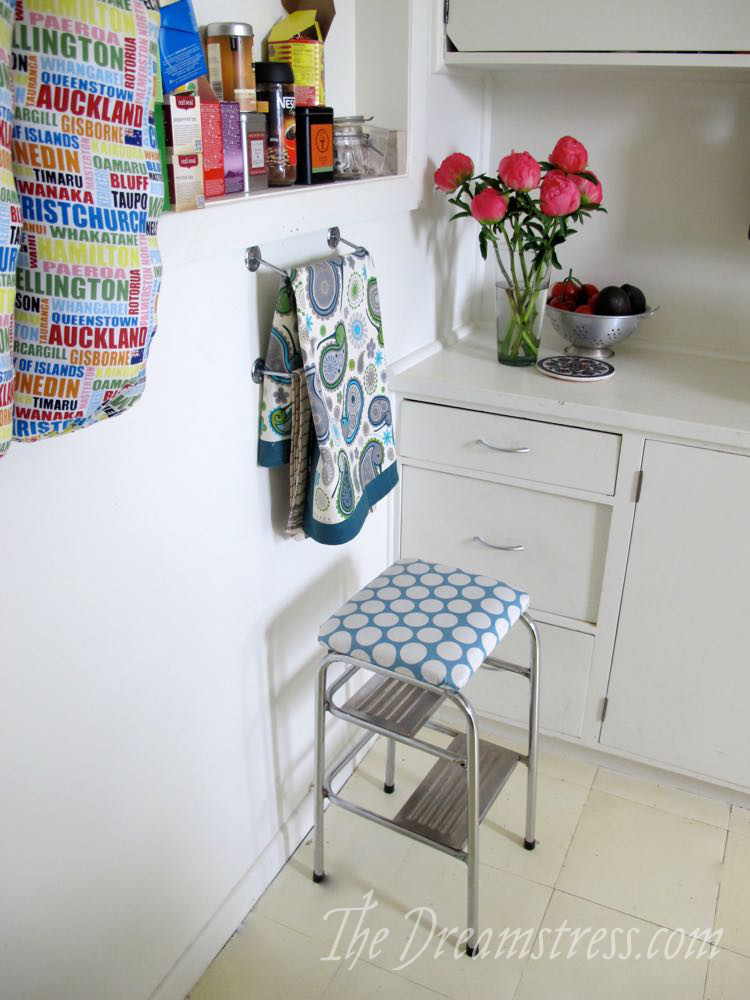
Extra bonus of the stepstool? It’s helping me accomplish my mission of not turning into one of those sewing bloggers who launches a pattern line and then immediately stops blogging about anything that isn’t the pattern line.***
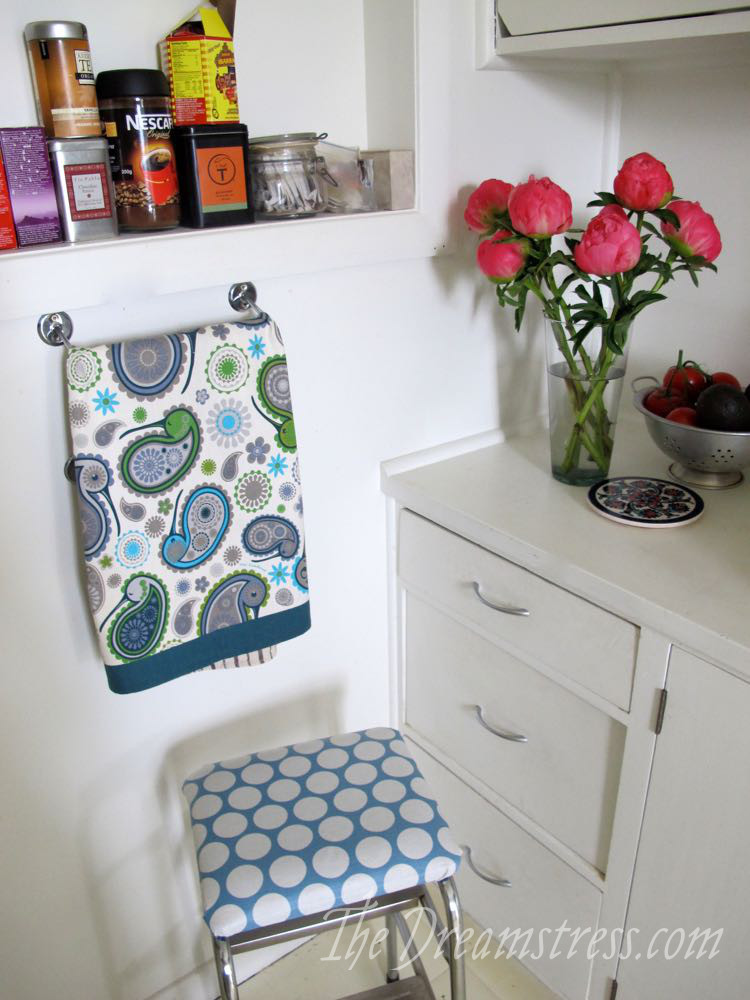
Extra, extra bonos of this project? It’s peony season, so blogging about it lets me show off my peonies! And my tea towel. Have you noticed my tea towel? IT HAS PAISLEY KIWIS!â€
*Weird narrow cabinets straight out of a Marx brothers sketch. They will NOT all stay closed, and as soon as you shut one, another one drifts open, and when you shut that one, it bumps the one best placed to whack you on your head open, and as soon as you thump that one shut, two more, including the original, pop open:
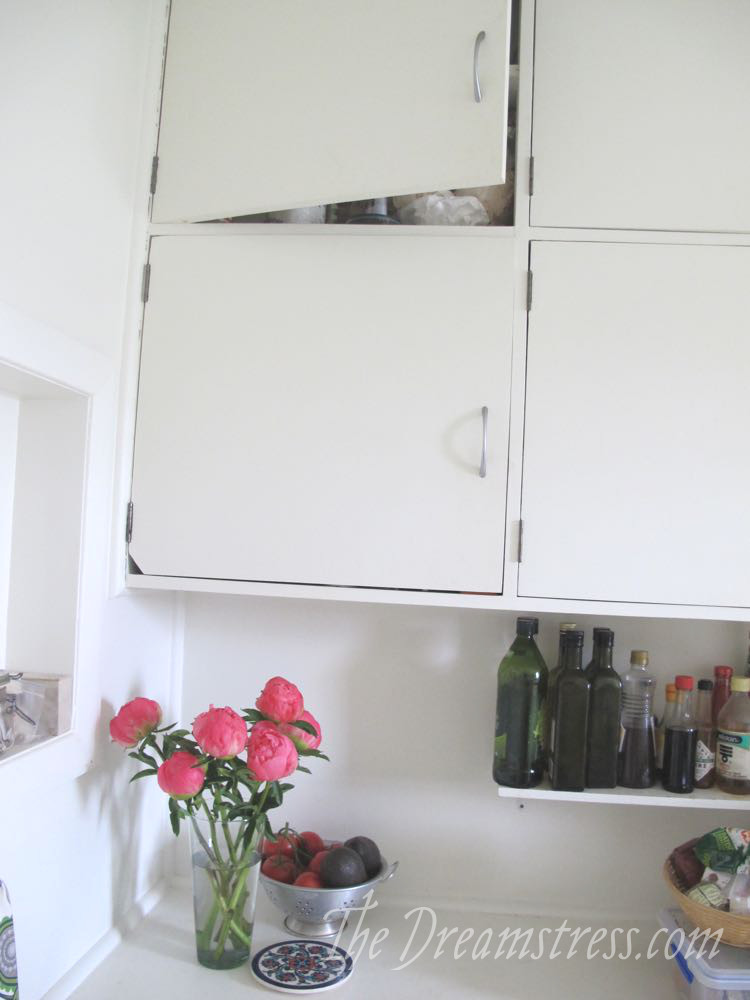
**this may have something to do with the fact that I’m the kind of cook who thinks having 6 different kinds of flour, 9 types of dried pulses, 5 varieties of sugar and two punchbowls is a necessity…
*** Or Felicity.ˆ No matter how much you love Felicity, I’m sure you want occassional content that isn’t her or pattern advertising!
ˆ I did actually try to include Felicity in this photoshoot. But when I put her on the stool in the kitchen she was too clever for me. “Uh-uh. This is a trap. I know the rules. I’m allowed on chairs and sewing desks, and this is NOT a chair or a sewing desk, and it’s way too close to the kitchen counters.” So this was the only photo of her I got:
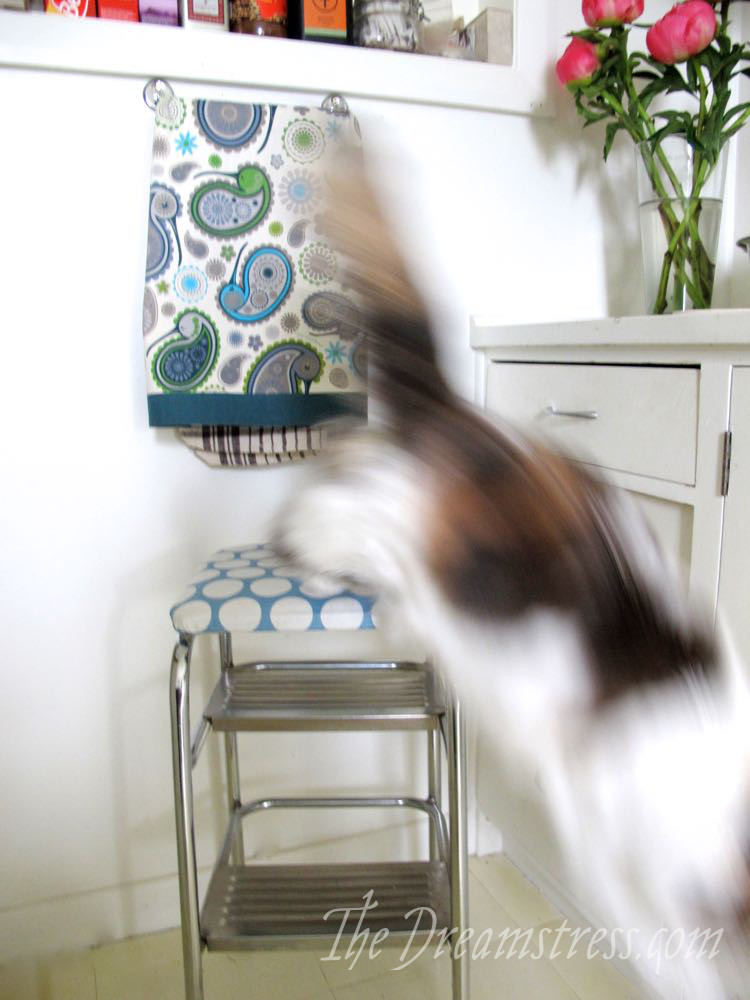
†Sadly, it’s a pretty useless tea towel other than the paisley kiwis. It’s a souvenir item on cheap cotton that absorbs nothing. But then, I’m not good at using tea towels, because the way Kiwis use them is grossˆ, and the way American’s use them is grosserˆˆ. So mine just kind of hang there…
ˆDishes should be air dryed. Cloth drying them just spreads around germs.
ˆˆ I use my larger cotton carbage to wipe up spills. And then wash and re-use it.












